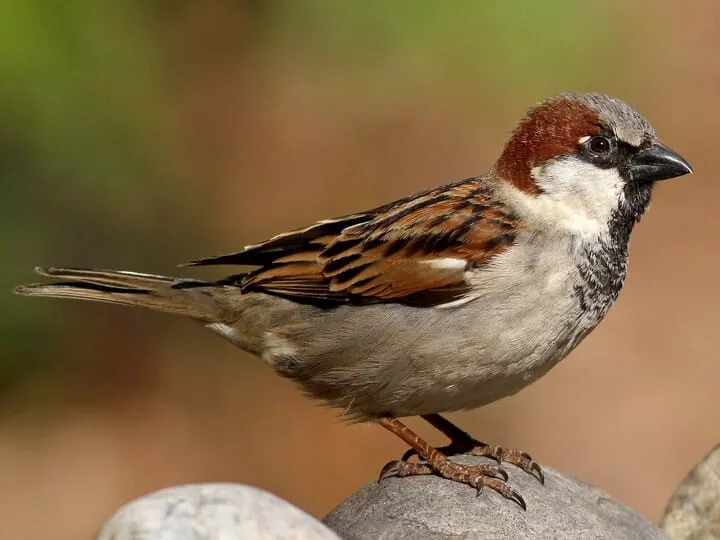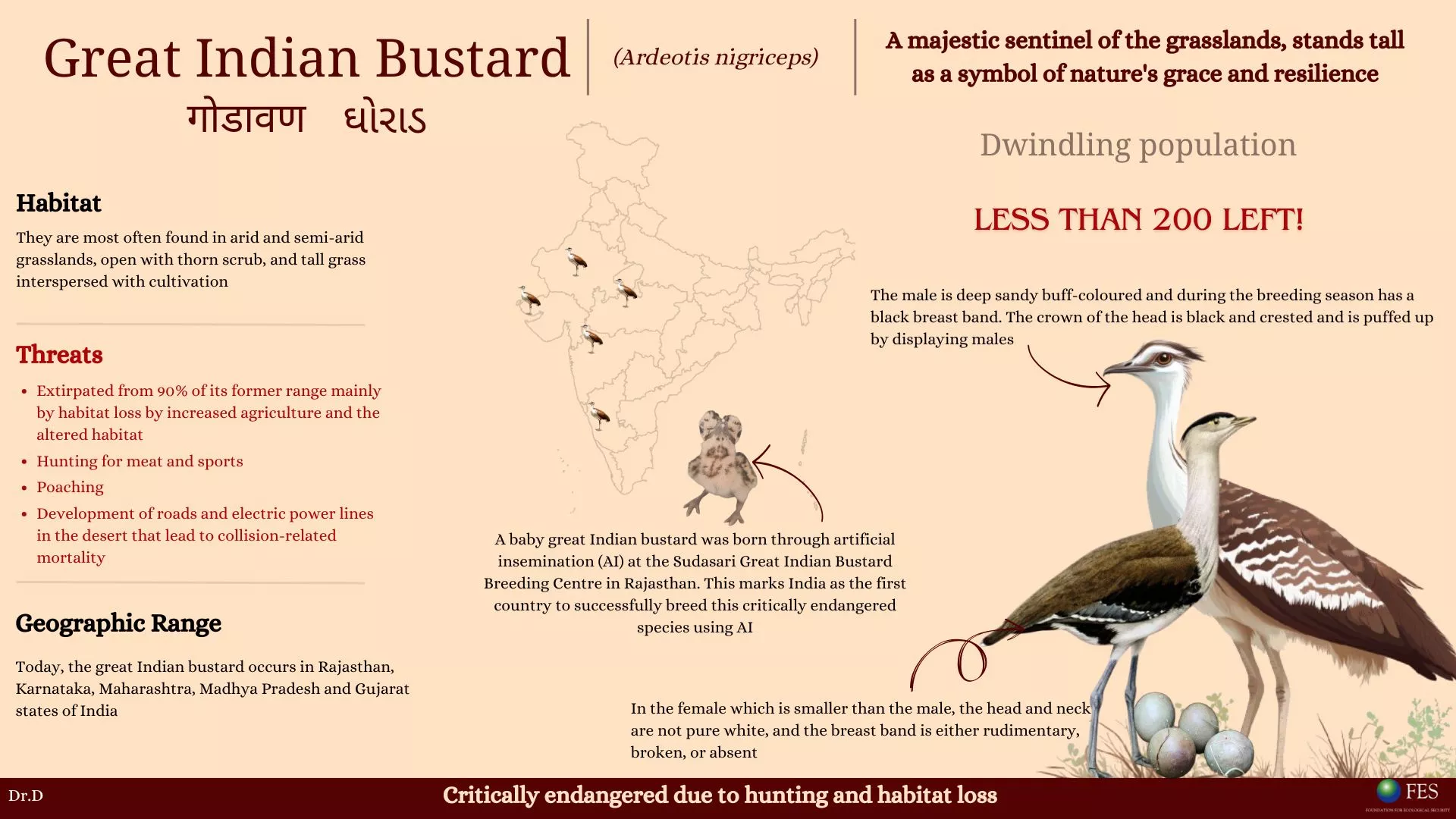Antheraea paphia common name- Tussar silk moth
location - Deoli (tonk) rajasthan
date - 22 oct 2025 morning
Today i saw it in the branch of champa plant in my home garden. first time !☺️🦋
Discover why sparrows, once common in our towns and cities, are disappearing at an alarming rate. Explore the causes behind the decline in sparrow populations and the steps we can take to protect these charming, vital birds for the future.In the past few decades, populations of sparrows have declined drastically on all continents. In Europe, house sparrows are declining in nearly all cities, including the capital cities of London and Paris. According to a report by BirdLife International, house sparrow populations alone had decreased by nearly 64% in Europe since the 1970s. Similarly, this decline is also observed in North America and parts of Asia, with the maximum decline occurring in urban and suburban areas.
Main Reasons for Decline of Sparrows
Habitat Loss
Urbanization has significantly reduced the natural habitats and hence the nesting and roosting sites for sparrows. Modern buildings do not have the nooks and crannies found in older structures, making it difficult for sparrows to find nesting places. Expanding cities also result in fewer trees, bushes, and green spaces, where sparrows can seek shelter. These, among many other factors, continue to push them out of their natural habitats.
Loss of Food Substrate
Sparrows feed on seeds, grains, and insects. Recently, with the widespread use of chemical pesticides and fertilizers in agriculture, their population has fallen drastically. Urban land, largely characterized by concrete and beautifully manicured lawns and devoid of biodiversity and greenery, has little food in its natural source, and sparrows would hardly be able to survive there.
Environmental Pollution
It’s apparent that air and noise pollution has been proven to degrade sparrows, especially in urban areas. Bad air causes respiratory issues in the sparrow, while continuous noise interferes with sparrow communication and their form of breeding. The other way is through water pollution that occurs by pesticides and industrial waste, which impacts the ecosystem sparrows rely on to generate food.
Electromagnetic Radiation
Actually, researchers have already begun to study how the electromagnetic radiation emanating from mobile towers and Wi-Fi signals affects birds. The study is still being conducted; however, some proofs already show that electromagnetic fields are causing damage to the migratory and breeding cycles of sparrows by disrupting their navigation systems in. Such radiation could become worse with expanded connections in cities.
Climate Change
The sparrows are forced to deviate from their traditional breeding as well as migration cycles due to changes in weather patterns. Searing heatwaves as well as gusty storms destroy nests, and reproduction becomes hard to achieve for the sparrows. On the other hand, climatic changes impact the infestation of insects, which eventually impacts the food supply of the sparrows.
Competition with Other Species
In most urban habitats, invasive bird species such as starlings and pigeons will compete for food with sparrows. These birds often have a more flexible diet, thus occupying many urban niches, making it readily available, and they may tend to outcompete the sparrow for its habitats and resources.
Sparrows have environmental significance.
Sparrows are not only nice neighbors; they also play a crucial role in their ecosystems. They consume insects, which control pests and reduce the requirement for pesticides. The birds act as seed dispersers, which contributes to plant regeneration and also to biodiversity. Declines of sparrows across regions could then have further impacts on food chains and ecosystems, potentially upending the equilibria of urban and rural areas.

In the vast, arid landscapes of Rajasthan, a majestic bird once soared freely across the skies—the Great Indian Bustard. Known for its striking appearance and graceful flight, this bird symbolised the region's rich biodiversity. However, as time passed, the great Indian bustard's numbers began to dwindle, and today, less than 200 of these magnificent creatures remain in India.
I witness the struggles of the great Indian bustard as it fights for survival against overwhelming odds. The threats it faces, such as habitat loss, poaching, and collisions with power lines, are deeply unsettling. This situation presents a dilemma of “Green” versus “Going Green.” As our human settlements expand and agricultural practices become more intense, the beautiful grasslands that the bustards once called home have been transformed into farmlands and urban areas. This drastic loss of habitat has left these magnificent birds with fewer safe spaces to forage and breed, and it’s a tragic reminder of the impact our choices have on the natural world.
Poaching has taken a heavy toll on the bustard population. Despite being protected by law, these birds are hunted for their meat and feathers. The installation of power lines across their habitats has further exacerbated the situation. The bustards, with their poor frontal vision, often failed to see the wires and collided with them, leading to fatal injuries.
Recognizing the urgent need to save this species from the brink of extinction, conservationists and local communities joined forces. They launched initiatives to restore and protect the bustard's habitat, creating safe zones where the birds could thrive. Efforts were made to bury power lines underground or mark them with bird diverters to prevent collisions.
One notable example of community efforts in conserving the Great Indian Bustard (GIB) is the "Godawan Community Conservation Project" in Rajasthan. This project, initiated by wildlife biologists Sumit Dookia and Mamta Rawat, involves local youth from villages around the Desert National Park (DNP) in Jaisalmer.
Local youth are trained to become nature guides, providing them with employment and instilling a sense of pride and ownership towards the GIB. The guide helps conservationists track the GIB's location and report any poaching attempts to the forest department.
This collaborative approach has helped build a supportive community network that actively participates in protecting the critically endangered GIB. Education and awareness campaigns were also crucial in changing local attitudes towards the bustards. Communities were encouraged to take pride in their natural heritage and participate in conservation activities. Poaching laws were strictly enforced, and alternative livelihoods were provided to those who depended on hunting.
One of the most significant breakthroughs came with the advent of artificial insemination techniques. In a historic milestone, a Great Indian Bustard chick has been successfully born through artificial insemination in Rajasthan. Ashish Vyas, a local Divisional Forest Officer, expressed his excitement, stating, "This is the first instance of a great Indian bustard being bred through artificial insemination. This breakthrough will enable us to save the sperm of these rare birds, create a sperm bank, and eventually increase their population."
Scientists at the Sudasari Great Indian Bustard Breeding Centre in Jaisalmer successfully bred a chick through this method, offering a glimmer of hope for the species' future. The process involved collecting sperm from a three-year-old male bustard named Sudha and inseminating a five-year-old female named Toni. Toni laid an egg on September 24, which was carefully monitored by scientists. The egg hatched on October 16, resulting in a healthy chick. After a week of observation and medical tests, the chick has been confirmed to be healthy.
This achievement demonstrated that it is possible to increase the bustard population and secure their survival with the right technology and dedication.
The story of the great Indian bustard is a demonstration of nature's resilience and the power of collective action. It reminds us that even in the face of seemingly insurmountable challenges, there is always hope. By continuing to mitigate the threats to their survival and fostering a culture of conservation, we can ensure that these magnificent birds continue to grace the skies of India for generations to come.
🌻
Dr.D
